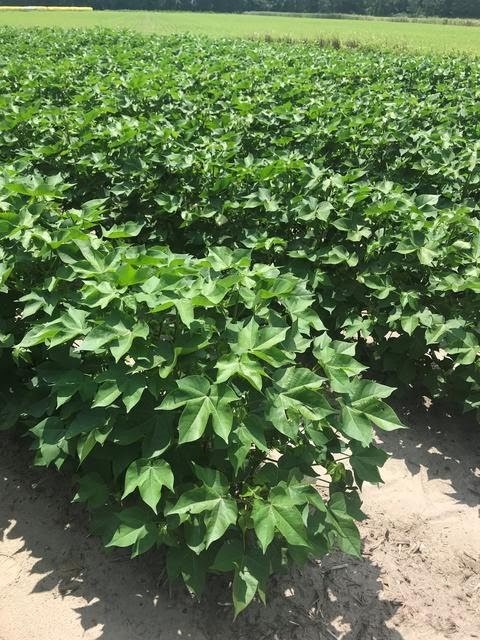U.S. regulators on Friday gave the green light for genetically modified cotton to be used for human consumption, paving the way for a protein-packed new food source – edible cottonseed that tastes a bit like chickpeas – that its developers said could help tackle global malnutrition.
The Food and Drug Administration’s decision on the cotton plant developed by Texas A&M University scientists means it is allowed as food for people and all types of animals.
Texas A&M AgriLife Research plant biotechnologist Keerti Rathore said the scientists are holding discussions with companies and hope to have the plant commercially available within about five years. Rathore said the team also will explore seeking regulatory approval in other countries starting with Mexico.
“Yes, we are fully aware of the resistance to GMOs in many countries, but I remain hopeful that counties who are desperate for food will adopt this technology,” Rathore added.
Cotton is grown in more than 80 countries, with its fiber used to make textiles and cottonseed currently used among other purposes to feed animals such as cattle and sheep that have multiple stomach chambers. Ordinary cottonseed is unfit for humans and many animals to eat because it contains high levels of gossypol, a toxic chemical.
Rathore’s team used so-called RNAi, or RNA interference, technology to “silence” a gene, virtually eliminating gossypol from the cottonseed. Gossypol was left at natural levels in the rest of the plant because it guards against insects and disease.
“With the adoption of this technology, cotton becomes a dual-purpose crop. It requires no additional effort on the part of farmers or inputs or land for cultivation. So, it will make cotton farming more sustainable,” Rathore said.
The genetic modification does not affect the plant’s fiber for use in textiles.
The U.S. Agriculture Department last year lifted the regulatory prohibition on cultivation by farmers of the modified cotton plant ahead of the FDA decision on human consumption.
“Cottonseed can be consumed in many ways. We will continue to crush it to extract oil (usable for cooking). However, now the leftover meal with its high protein content can be used as a protein supplement in a tortilla, bread, and baked goods. The seed kernels can be roasted and eaten as a snack or as peanut butter type of spread or in protein bars,” Rathore said.
“To me, it tastes like a chickpea. Imagine hummus without any other ingredients added to it,” Rathore added.
Many of the world’s cotton-producing countries, particularly in Asia and Africa, have populations that face malnutrition that could be addressed with the new plant, Rathore said.
“There are approximately 10.8 trillion grams of protein locked up in the annual global output of cottonseed. This is enough to meet the basic protein requirements of over 500 million people at a rate of 50 grams of protein per person per day,” Rathore said.
The new cottonseed may also have commercial use as feed for poultry, pigs and farmed aquatic species like fish and shrimp, Rathore said.
Source; Router.com








